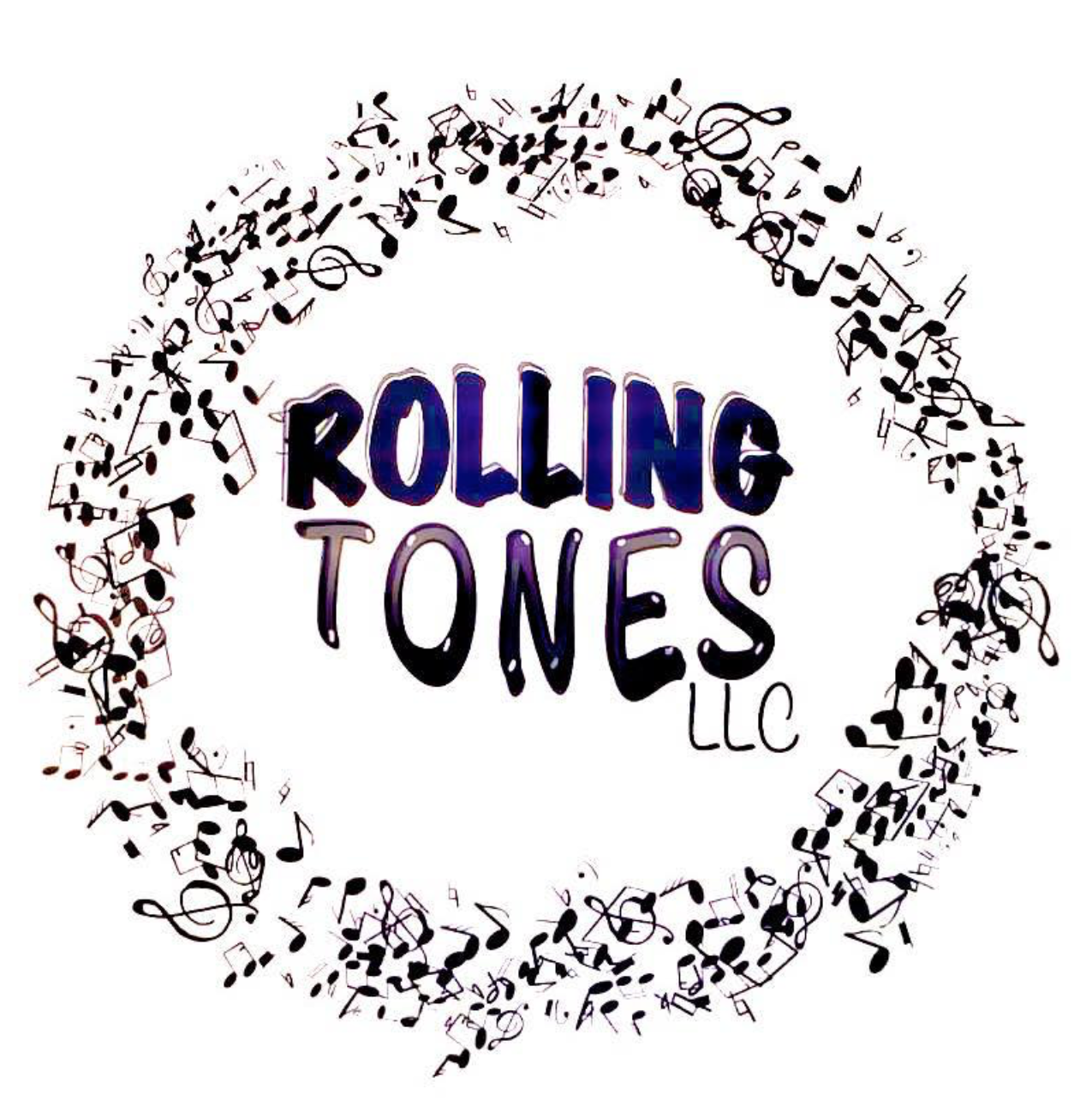~FAQs about Music Therapy~
1. What is Music Therapy?
Music Therapy is the clinical and evidence-based use of music interventions to accomplish individualized goals within a therapeutic relationship by a credentialed professional who has completed an approved music therapy program.
Music Therapy is an established health profession in which music is used within a therapeutic relationship to address physical, emotional, cognitive, and social needs of individuals. After assessing the strengths and needs of each client, the qualified music therapist provides the indicated treatment including creating, singing, moving to, and/or listening to music. Through musical involvement in the therapeutic context, clients' abilities are strengthened and transferred to other areas of their lives. Music therapy also provides avenues for communication that can be helpful to those who find it difficult to express themselves in words. Research in music therapy supports its effectiveness in many areas such as: overall physical rehabilitation and facilitating movement, increasing people's motivation to become engaged in their treatment, providing emotional support for clients and their families, and providing an outlet for expression of feelings.
http://www.musictherapy.org/about/quotes/
What is Neurologic Music Therapy?
Neurologic Music Therapy (NMT) uses research-based techniques that use music and rhythm to directly affect brain functioning. It focuses on specific, non-musical goals that are relevant to the child’s everyday life, and produces changes in the brain that extend far beyond the music therapy session.
While standard Music Therapy still uses music to reach non-musical goals, it is usually focused within the social/emotional domain. Neurologic Music Therapy focuses directly on music and rhythm’s physical effect on the connections in the brain. Specific, consistent NMT techniques are used that are research and evidence-based.
Neurologic Music Therapy interventions are used to focus on areas including:
-
Sensory Integration
- Example: providing proprioceptive and other sensory input paired with specific rhythm based on the child’s arousal level
-
Cognition and Attention Control
- Example: combining instrument play or movement with musical elements such as melody and rhythm to train attention in the brain
-
Speech Initiation and Sequencing
- Example: using a steady beat to anticipate (supporting initiation) and organize (supporting sequencing) speech through speaking, chanting, or singing; using specific melodies and rhythms to simulate normal speech patterns
-
Movement and Coordination
- Example: therapeutically playing instruments with rhythmic support; using rhythm to prepare the motor system for movement
Rhythm activates many areas of the brain (on both hemispheres) simultaneously, and for this reason can be used to build new connections (neuropathways) in the brain. These new pathways can lead to parts of the brain that are not accessible by other means of therapy. NMT uses music and rhythm to build connections and stimulate the brain to reach functional goals, therefore changing the brain in the process. The brain and the child are changed by music.
https://www.musicinst.org/neurologic-music-therapy
3. What does it mean to be a "Music Therapist-Board Certified (MT-BC)" by the Certification Board of Music Therapists(CBMT)?
The music therapist:
• has met specific educational and clinical requirements for eligibility
• has passed the Board Certification Exam
• participates in the re-certification program CBMT programs provide public protection and a national standard for music therapists who wish to demonstrate competence through a certification and recertification process.
The MT-BC credential is used by consumers, employers, personnel boards, and facilities to identify competent music therapy practitioners.
4.Who is CBMT and why do they matter?
CBMT is a Board of Directors that is committed to:
• Maintaining the highest possible standards, as established by ICE/NCCA, for its national certification and recertification programs.
• Maintaining the current standard for eligibility to sit for the National Examination: Candidates must have completed the academic and clinical training requirements of an AMTA approved college or university.
• Defining and assessing the body of knowledge that represents safe and competent practice in the profession of music therapy and issuing the credential of Music Therapist-Board Certified (MT-BC) to individuals that demonstrate the required level of competence.
• Advocating for recognition of the MT-BC credential and for access to safe and competent practice.
• Maintaining certification and recertification requirements that reflect current practice in the profession of music therapy.
• Providing leadership in music therapy credentialing.
5. Who accredits CBMT?
ICE The Institute for Credentialing Excellence is a membership organization that provides a forum for all types of practitioners and organizations interested in competency assurance and certification. ICE represents nearly 100 member organizations and over 1.2 million certificants. www.credentialingexcellence.org
NCCA The National Commission for Certifying Agencies, a subsidiary of ICE, accredits national certification programs, including the MT-BC program. Accredited programs have met NCCA standards associated with organizational structure, exam development and administration, test validity and reliability, recertification, and responsibilities to candidates, certificants, employers and the public.
www.credentialingexcellence.org/ncca
AMTA The American Music Therapy Association provides the standards for academic and clinical training of prospective music therapists, on which eligibility to sit for the CBMT Board Certification Examination is based.
www.musictherapy.org
